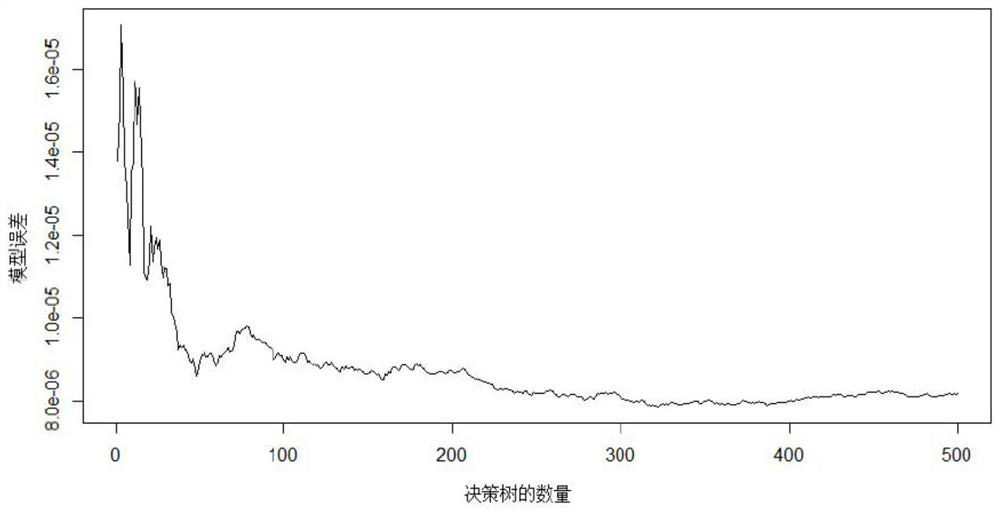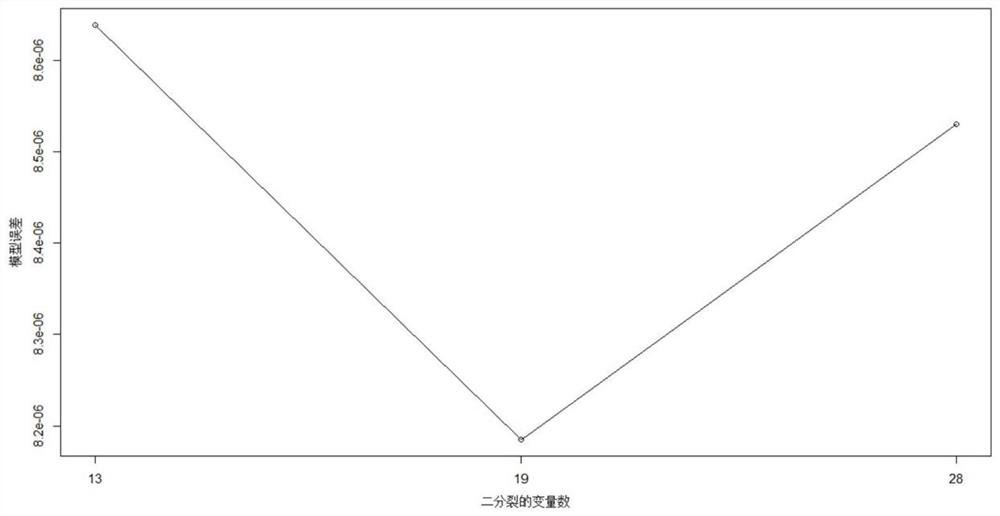Method for rapidly quantifying adulterated content of sodium bicarbonate in fresh milk
A technology for quantifying raw milk and sodium bicarbonate, applied in the field of food testing, can solve the problems of unfriendliness and sample damage to the environment, and achieve the effect of simple measurement process and good practical application value
- Summary
- Abstract
- Description
- Claims
- Application Information
AI Technical Summary
Problems solved by technology
Method used
Image
Examples
Embodiment 1
[0039] Simulation of adulterated raw milk samples:
[0040] The raw milk samples were collected from Shanghai Dairy No. 4 Factory, and the indicators of protein, fat and carbohydrates of the raw milk met the standards when they left the factory.
[0041] Take an appropriate amount of fresh raw milk samples and add them to a pre-sterilized Erlenmeyer flask, fully wrap them to prevent the infection of external bacteria, and then store them in a constant temperature incubator at 37°C for 2 hours to obtain spoiled fresh milk samples, and add different The amount (0.1%-2.25%, w / w) of sodium bicarbonate solid was stirred thoroughly to obtain raw milk samples mixed with different sodium bicarbonate contents.
Embodiment 2
[0043] Detection of fast gas-phase electronic nose:
[0044] Accurately weigh 5g of the sample to be tested in a 20mL sample bottle, and then sequentially place it on the sample rack that comes with the instrument, so that its mechanical arm can detect the sample in an orderly and accurate manner. Set the sampling sequence through the software, and use the fast gas phase electronic nose To detect the volatile compounds of the samples to be tested, the detection conditions are as follows: the sample bottle is closed with a leak-proof cap and covered with a silicon / PTFE septum. The samples were incubated at 50°C for 20 min, then the autosampler injected 5000 µL of sample from the headspace into the GC at a rate of 125 µL / s, and the analytes were collected in the Tenax trap at 40°C for 50 s. After rapid heating, the analytes were separated and transferred to two parallel short GC columns (Restek, Center County, Pennsylvania, USA): non-polar column (MXT-5: 5% biphenyl, 95% methylp...
Embodiment 3
[0046] Data preprocessing and data set creation:
[0047] The spectra obtained from the two flash chromatography columns were combined and arranged according to the retention time, and the substances with different response values but similar retention times were regarded as the same substance, and the peak areas with different retention times were used as independent variables. NaHCO 3 The actual content of the data set is established for the dependent variable, and the data set is randomly divided into a training set and a test set in a ratio of 7:3.
PUM
 Login to View More
Login to View More Abstract
Description
Claims
Application Information
 Login to View More
Login to View More - R&D
- Intellectual Property
- Life Sciences
- Materials
- Tech Scout
- Unparalleled Data Quality
- Higher Quality Content
- 60% Fewer Hallucinations
Browse by: Latest US Patents, China's latest patents, Technical Efficacy Thesaurus, Application Domain, Technology Topic, Popular Technical Reports.
© 2025 PatSnap. All rights reserved.Legal|Privacy policy|Modern Slavery Act Transparency Statement|Sitemap|About US| Contact US: help@patsnap.com


